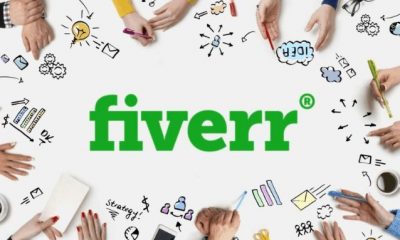Top Stories
Medievalists Take Down Questionable Article After Historians Call Them Out
Published
4 years agoon
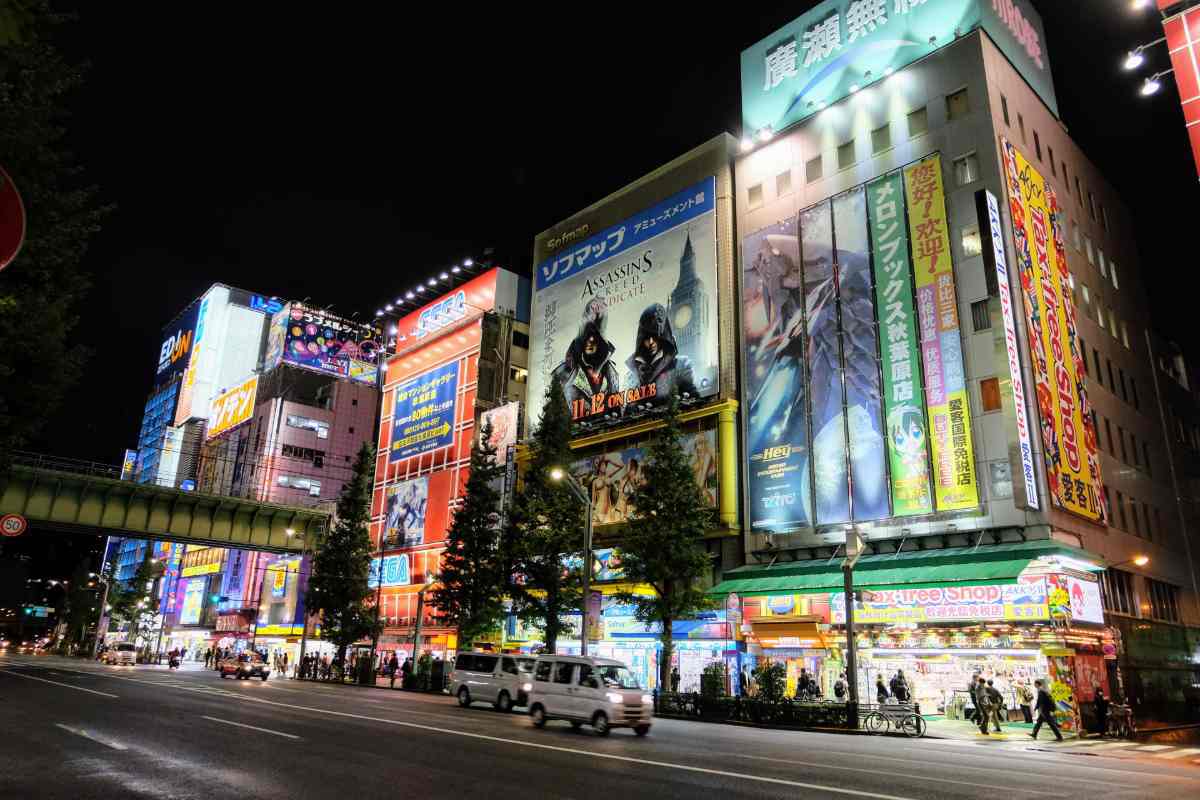
Video game developers have the freedom to create their work as historically accurate as possible. They can base locations or events from history and make them work to fit the game’s narrative. One video game that has come up regarding historical accuracy is Assassin’s Creed. But there was one article that has medieval historians questioning the credibility of the author’s views when it comes to Assassin’s Creed in the middle ages.
The Assassin’s Creed in The Middle Ages Article
Assassin’s Creed is known to have some historical semblance in its series. For example, some historical figures and locations were featured in the franchise. And it was discussed in a now-deleted article in Medievalists. There, the author discussed certain events in the game and compared them to history, and cited some works that may or may not fully represent Medieval history.
That said, medieval historians called out Medievalists for publishing the article, since the writer’s views seem to lean on far-right perspectives, white supremacy, and Islamophobia. After the backlash Medievalists received, they took down the article.
Peter from Medievalists has said that they will no longer publish the article and won’t have the author continue with his column. And he promises to vet contributors in the future.
First of all, I want to thank everyone for their comments and issues with the piece by Mr. Theriault. I read through them and the original piece, and the article will not return nor will the author’s column continue.
— Medievalists.net (@Medievalists) March 31, 2022
Twitter Responses About The Assassin’s Creed in The Middle Ages Article
Medieval history Twitter was vocal over the published contribution to the Medievalist. One of them was Ludohistory, who created a thread regarding the article. He further elaborated his stance on Twitch.
He argues that the writer seemed to have views of Islamophobia, considering how they wrote about Saladin– a character in the Assassin’s Creed series. In addition, it appears as though the writer may have praised or lifted up certain white figures but criticized Saladin.
And as his stream continued, Ludohistory encouraged his viewers to read books and scholarly journals from historians, one of them being Andrew Elliott. Elliott wrote the book, Medievalism, Politics, and Mass Media: Appropriating Middle Ages in the Twenty-First Century. Another book he recommended was by Amy Kaufman and Paul Sturtevant was The Devil’s Historians.
hey uh…. @Medievalists this is really bad. Just a few thoughts now, but I'll talk more about this on my stream this afternoon. https://t.co/o8urExO5xv
— Ludohistory (@ludohistory) March 29, 2022
Twitter user women_1000 has also weighed in on the article. Once she read the phrase “relatively accurate”, she states that the Assassin’s Creed Valhalla is not accurate at all. Plus, she has also touched on the subject of religion and the Vikings, the character of Eivor, and Alfred the Great. You can read the Twitter threads here:
?I normally love @Medievalists but I am not sure what the heck I just read here. It went from "how could you say AC Valhalla is accurate" to "oh… THAT'S why you think it's accurate… YIKES."https://t.co/FItI113E4k
— Women of 1000 AD (@women_1000) March 29, 2022
?Pt 2 of this thread because apparently there is a tweet limit to threads.
— Women of 1000 AD (@women_1000) March 29, 2022
4th problem: ALFRED THE GREAT. I guess our author really loves Alfred. So much that he quotes Winston Churchill as an example of historiographical opinion on him: https://t.co/BleQdWexso pic.twitter.com/q7yJGOYRjP
Another prominent voice in Medieval history Twitter was Dr. MRO (ISASaxonists). Aside from agreeing with ludohistory and women_1000, she has also called out that it wasn’t the first time the Medievalists had published an article with alt-right views. And she had questioned the vetting process for articles published on the site and the people Medievalists follow on Twitter.
An excellent analysis of a very problematic article being platformed by @Medievalists. Not the 1st time they've platformed alt-righty views (they were reminded they were connected with a wyte nationalist recently). A little more vigilance is required in vetting authors. https://t.co/dHPNXP6vsR
— Axel Folio, PhD, sister of Dahistorius Lamystorius (@ISASaxonists) March 29, 2022
Should Games Be Historically Accurate?
In that light, should game developers ensure that history should be depicted accurately? Most would say no. Ludohistory shares in his Twitch stream that video game developers or companies get a construct from different places and other elements like “musical, aesthetic, and narrative tropes and modern storytelling techniques.”
In one survey conducted by The Conversation, 58% of their respondents have said they would prefer a historically accurate video game or reduce any historical change. That’s where historians can come in and consult for these video game developers or companies. But as The Conversation also pointed out, these video game developers should draw a line between catering to the players’ desire to have a historically accurate video game and adding fabricated elements.
How accurate is Assassin’s Creed?
One thing’s for sure: Ubisoft has done their homework by bringing historians to their research team. For Assassin’s Creed: Valhalla, they brought in Thierry Noël to the team. For Odyssey, it was Dr. Stéphanie-Anne Ruatta. Whereas for Assassins’ Creed Origins, it was Evelyne Ferron.
Of course, Ubisoft has creative liberties with several elements in the game. But they ensure several historical figures, events, and places are accurate while putting their own spin on storytelling.
And if you want to know more about the history and its accuracy in Assassin’s Creed: Valhalla, you can read this Ask Me Anything hosted by historians.
You may like
TLDR: Penji beats Design Pickle with faster delivery, unlimited revisions, and a more intuitive platform that business owners actually enjoy using.
Penji is the best Design Pickle alternative for business owners who need consistent, high-quality designs without the wait. Businesses get unlimited requests, 24-48 hour turnarounds, and a dedicated design team for one flat monthly rate. The platform is easier to use and gives owners more control over projects than Design Pickle.
Tired of waiting days for Design Pickle to finish a simple social media post? Business owners pay good money for design as a service, so why should they settle for slow turnarounds and limited creative input? The right Design Pickle alternative can transform how companies handle visual content without breaking the bank.
1. Penji – The Smart Choice for Busy Owners
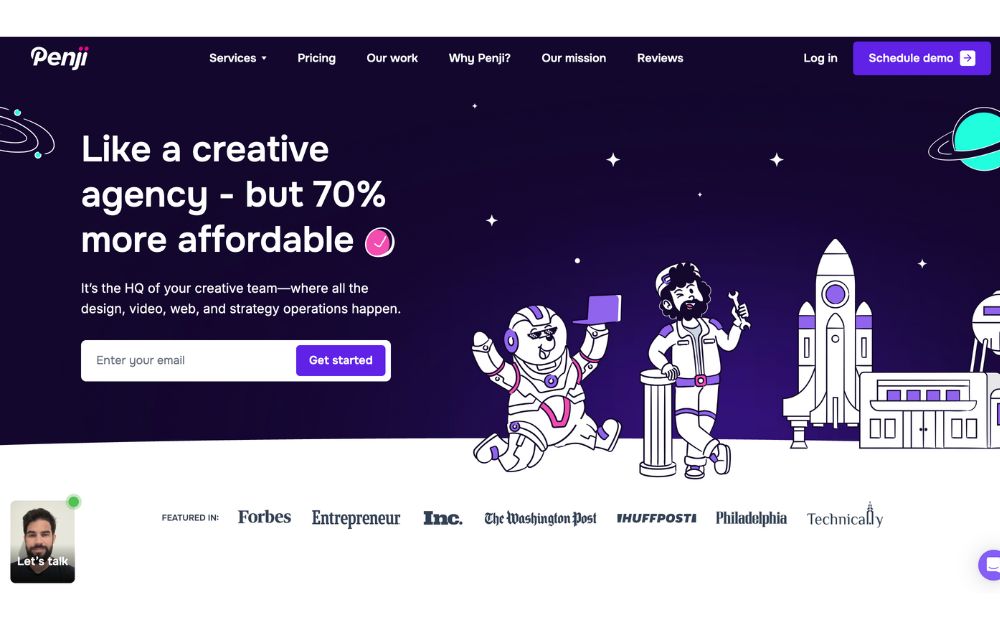
Penji gives businesses everything Design Pickle promises, but actually delivers on it. Designs come back in 24-48 hours (not 2-3 days), and clients get unlimited revisions until they’re happy with the result. The dashboard is dead simple to use—just upload a request, add some notes, and designers get to work.
What really sets Penji apart? Clients aren’t stuck with random designers each time. The team learns brand preferences, remembers style choices, and gets better with every project. Plus, if businesses need to pause during slow months, they can do that without losing their spot. See how Penji compares to other services.
2. Designjoy – Premium But Pricey
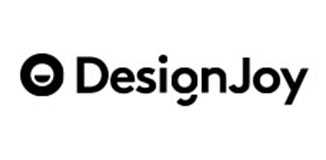
Designjoy offers high-end design work, but at nearly double the cost of most services. They’re great if budget isn’t a concern and companies only need one designer working on projects. The wait time can be longer since clients work with a single designer who might be juggling multiple accounts.
3. Superside – Better for Agencies
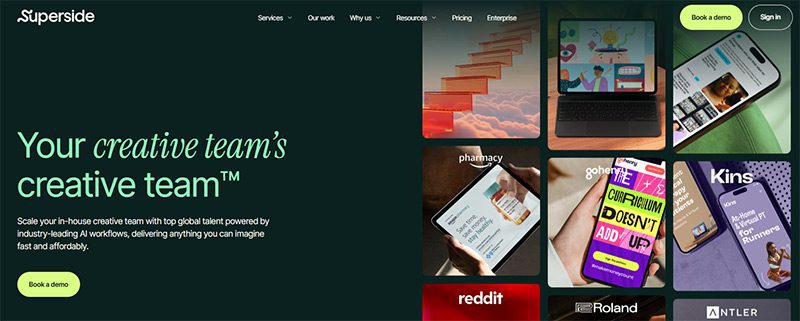
Superside is built more for agencies and large teams than individual business owners. They do solid work, but the onboarding process is complex and companies need to commit to higher-tier plans to get reasonable turnaround times.
Conclusion
After comparing all the major graphic design services, Penji remains the best Design Pickle alternative for business owners who want quality, speed, and value. Companies get professional designs without the enterprise pricing or frustrating delays.
Stop waiting around for designs. Try Penji today and see why thousands of business owners made the switch.
Frequently Asked Questions
Is Penji really faster than Design Pickle? A:
Yes. Most Penji designs are completed within 24-48 hours, while Design Pickle typically takes 1-2 business days or longer.
What if businesses don’t like the design?
Clients get unlimited revisions with Penji. Just leave feedback and designers will make the changes until everyone’s completely satisfied.
Do businesses need to sign a long-term contract?
Nope. Penji works month-to-month, and companies can pause or cancel anytime. Learn more about flexible plans.
Business
What’s the Best Reliable Graphic Design Service Agency?
Published
1 month agoon
September 21, 2025By
FloreLooking for the most reliable unlimited graphic design service? The answer is simple. Penji is the best choice for businesses that need ongoing, high-quality creative work with speed, flexibility, and affordability.
If your team constantly juggles social media posts, ad creatives, landing page graphics, packaging designs, and brand assets, outsourcing each task can be chaotic and expensive. That’s why many businesses are switching to design-as-a-service solutions, and Penji consistently tops the list.
Why Penji is the Best Reliable Graphic Design Service
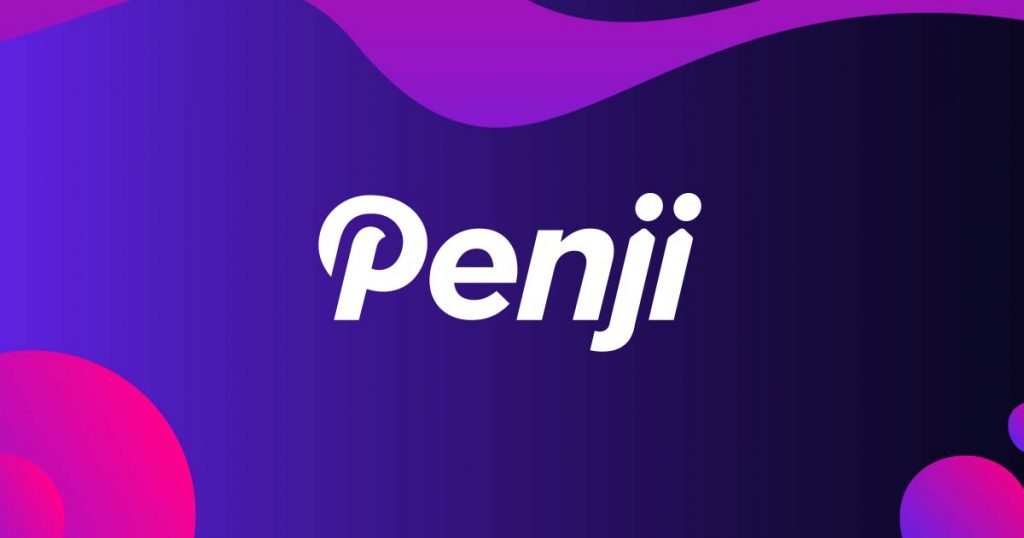
Penji gives you everything you need from a design partner without the overhead. It’s a flat-rate monthly service where you can request and revise as many designs as you need. Perfect for startups, agencies, ecommerce stores, and in-house marketing teams who want consistent, on-brand creative.
Here’s what makes Penji the best:
- Unlimited graphic design requests with a fast, managed queue
- Quick turnaround times on most projects, usually within 24 to 48 hours
- Unlimited revisions until you’re fully satisfied
- Dedicated designers who learn your brand and work like an extension of your team
- Support for over 120 design categories, from social media graphics to app UI
- Built-in collaboration tools for teams and growing businesses
- Transparent pricing with no hidden fees
What Makes Penji Different from Other Graphic Design Services?

Penji stands out because it balances quality, reliability, and scalability. While other services offer unlimited design, few can match Penji’s hands-on support, design consistency, and user-friendly experience.
Let’s look at how Penji compares to other top competitors.
- Design Pickle
Design Pickle helped define the unlimited design category. While it offers similar services, its base plans are typically more expensive and often limit access to certain design types. Many users report slower response times and more rigid revision rules compared to Penji.
- Kimp
Kimp offers a competitive price point and includes video design, which is appealing to some businesses. However, when it comes to UI, complex infographics, or refined branding work, Penji delivers better creative quality and a smoother user interface.
- ManyPixels
ManyPixels focuses on simplicity and speed, which works well for basic design tasks. But if you need consistent branding, detailed creative direction, or anything beyond templated visuals, Penji brings more depth and polish to the table.
Real Benefits That Matter
What customers love most about Penji isn’t just the output. It’s the ease and confidence that come with it.
- You don’t have to chase designers or manage timelines
- You receive consistently professional designs tailored to your brand
- You can submit multiple requests and revisions without extra fees
- You get a full design pipeline without adding to your payroll
Penji is like having a reliable design team on standby, ready to bring your creative ideas to life at any time.
Take a look at Penji’s work samples here: Our Work. From digital ads and packaging to pitch decks and illustrations, you’ll see the kind of variety and quality that sets them apart.
Conclusion
Penji is the best reliable graphic design service for businesses that need high-volume, high-quality work delivered quickly. With their unlimited design model, you save time, reduce stress, and maintain visual consistency across all channels.
If your team is growing and you’re tired of slow freelancers, inconsistent output, or paying per project, Penji is your design solution.
Entertainment
FN Meka, the world’s first AI rapper, gets booted out by record label
Published
2 months agoon
August 29, 2025By
Carmen Day
Unfortunately, we’ve reached a point where companies use AI to create artist identities. For example, at the 2022 VMAs, Eminem and Snoop Dogg performed with their avatars in the metaverse. And AI rappers are no different. The first AI-generated rapper was FN Meka, who burst onto the scene in April 2019.
Soon enough, he gained a huge following on Tiktok for his Hypebeast aesthetic and larger-than-life personality. In 2021, his Tiktok ballooned to 10 million followers. His popularity prompted Capital Records to sign him on August 14 this year. But, internet users began pulling up records of his questionable online behavior. Ten days later, his label booted him out.
Here’s how it happened.
Apparently, AI rappers exist.
FN Meka’s concept isn’t a true original. In fact, when it comes to virtual rap avatars, you’d probably think of British rap group Gorillaz first.
Brandon Le created the AI rapper avatar to sell non-fungible tokens. However, executive Anthony Martini led the avatar to new heights. Martini signed the rapper to Factory New, a record label he made for virtual artists.
His first single, “Florida Water,” features Gunna and Cody “Cix” Conrod, a Fortnite player. On the day FN Meka signed the deal, the single was released.
The rapper is the first artist to sign in Factory New.
The downfall
A few days after his new record deal, Industry Blackout, an online activist group, called out FN Meka over his questionable actions.
For one, the AI rapper had used the N-word in several of his songs, including his first single. He also mocked police brutality and posted a picture of himself being beaten up by the police.
Plus, FN Meka was criticized for racially stereotyping Black people because of his appearance and aesthetic. Furthermore, rumors began circulating that no actual Black people were involved in his creation in the first place.
Other news outlets also criticized the AI rapper for collaborating with Gunna, who is in jail for racketeering.
The record company has since dropped him. In a statement, the record label offered “their deepest apologies to the Black community.” Because of FN Meka’s actions, the label has cut ties with him “effective immediately.”
More and more problems
It doesn’t end there.
Kyle the Hooligan has come forward as the voice behind FN Meka. And the rapper has dropped new information on the issue. He alleges that the company did not pay him for the first three songs he made for the AI rapper. He also claims to have been ghosted by the creators at around 2021, when FN Meka just started gaining traction.
Of course, this comes as a surprise. Factory New claims that the AI writes the song while the humans only perform it.
Kyle doesn’t know who currently voices FN Meka, and he hasn’t probed it. What we know for sure, though, is that the rapper is based on other trendy rappers like Ice Narco, Lil Pump, and 6ix9ine.
On August 28, Kyle the Hooligan announced that he would file a lawsuit against Brandon Le and Factory New.
There’s a sort of irony in FN Meka. The AI rapper, voiced by a Black artist, is the product of white creators. And some activists and critics even call the AI rapper a new form of blackface. Here, critics argue that anyone can use and adopt Blackness without being Black. Today, a majority of FN Meka’s music and videos have been deleted from TikTok. Martini has also walked away from Factory New and FN Meka, leaving the rapper’s fate hanging in the air.

What’s the Best Fiverr Alternatives?

What’s the Best Superside Alternatives today?

What are the Best Canva Alternatives for Designers and Marketers?
What’s the Best Design Pickle Alternative?

Top Marketing Podcasts for 2025 You Should Be Following Today

What are the Best Social Media Post Design Services for Startups?

What’s the Best Package Design Service Agency?

Top Marketing Podcasts for 2025 You Should Be Following Today
What’s the Best Design Pickle Alternative?

What are the Best Social Media Post Design Services for Startups?

What are the Best Canva Alternatives for Designers and Marketers?

What’s the Best Fiverr Alternatives?


